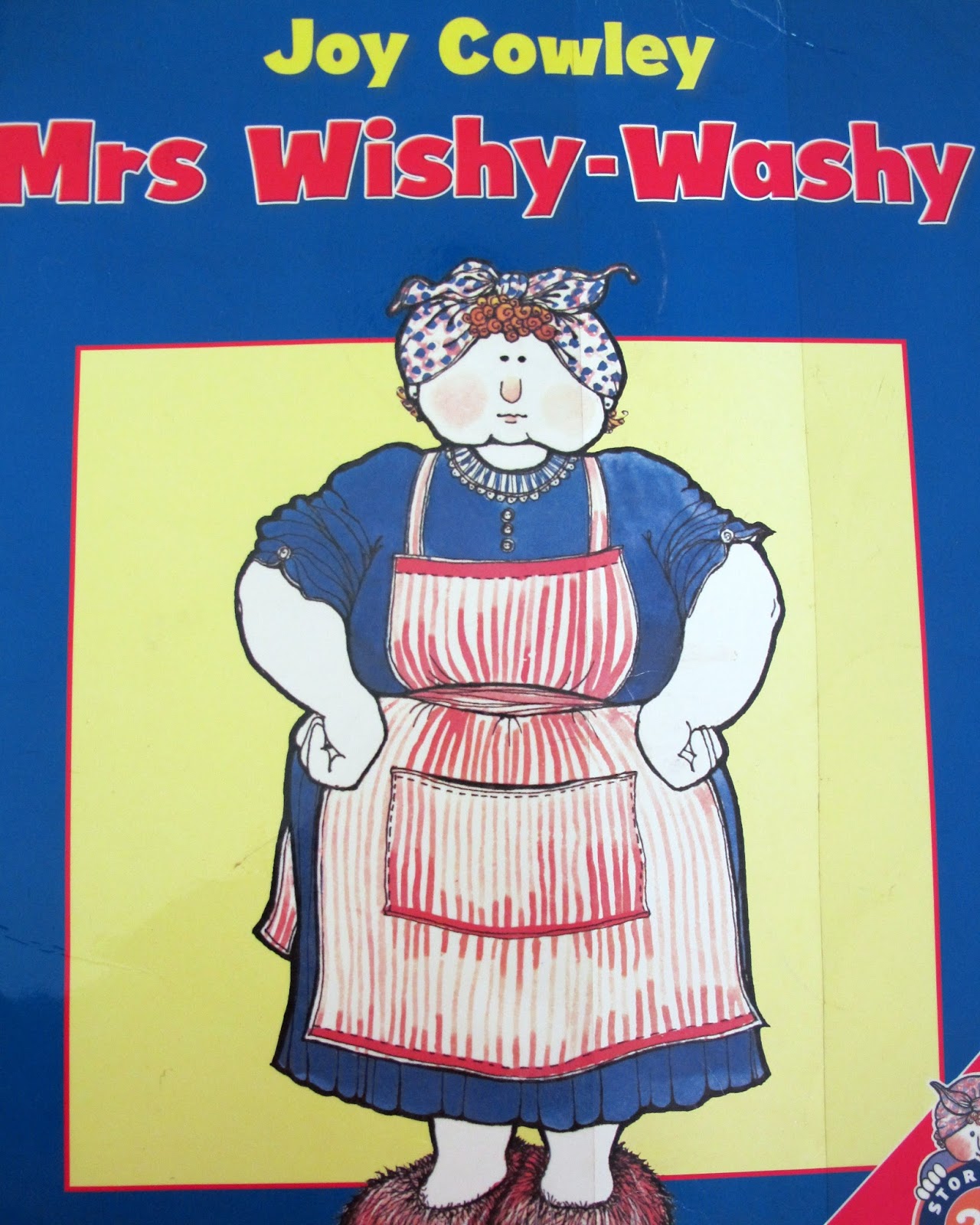Practising, consolidating and refining learning...developing independent spelling projects.
Developing Independent Word Inquiry Projects
For many years Brian Cambourne has been researching and writing about the significance of providing 8 learning conditions to ensure deep, purposeful learning and understanding in literacy. Two of these conditions are use and response. We must provide many opportunities for learners to apply their developing understanding about how the English system works.
Once the students have had multiple opportunities and experiences to learn about the structure of words, they need time to independently practice and apply their understanding. The students can question and reflect on what they know, consolidate new learning and deepen understanding of how the English spelling system works.
Developing independent word inquiry projects is one way of ensuring children are given opportunities to fine tune and practice their learning. In this particular activity the children identify some of their own spelling errors and/or identify words of interest for further investigation, often in collaboration with the teacher.
Although this particular activity is an independent/individual learning experience it frequently involves regular peer support and collaboration.
1. As with all activities, I first model the learning process on a large chart, interactive whiteboard etc. Here I have chosen four words; two words from a piece of writing and two words from the current PYP Unit of Inquiry.
I modelled how to write the full word sum by simultaneously writing and 'spelling out' aloud, by sequencing, from left to right, the morphemes and graphemes. Any changes to the base are also announced. From my experience the 'spelling out' strategy is absolutely crucial to the learning process.
For more information, please refer to Pete Bowers'article, Spelling Out Word Sums.
2. The students select a set of words they would like to investigate and learn to spell. These words can be chosen from their own piece of writing or from a text they are currently reading.
Initially, when working with young children, I choose the first group of words for the children.
However, I strongly believe that children, even young learners, should have many opportunities to make their own learning decisions. By choosing their own words for investigation, it gives students true ownership of the learning. The children can highlight the words and write them on post-it notes, with a theory about the word sum.
3. The students consult with the teacher, sharing their words by discussing the meaning and the word sum, the morphemes, graphemes and any changes required. The teacher models the accurate written word sum for each word.
At times, I also choose words for the children to learn and understand, based on individual learning needs. These words might highlight a suffixing pattern, a grapheme or the meaning of the base that the student needs to learn.Both these students are in the same class but have very different learning needs.
3. The students spend time learning their words using the kinaesthetic movements, of the hand and the mouth: by sequencing and announcing the morphemes and graphemes, as modelled previously, to write and learn each word.
 |
| Using the kinaesethetic approach, the student is spelling the final word three times, once the word sum is built. |
 |
| For this student, announcing the morphologicial parts in sequence is particularly important as she often experiences difficulty sequencing graphemes from left to right. As Real Spelling tells us "spelling lives in your hand and mouth" and so provides a powerful way to recall spelling. In my experience, this has been a consistently successful strategy for all learners. |
 |
| This student is also working on a more accurate and fluid grip and sitting position. With her previous grip, she could not view what she was writing. |
 |
| This student is writing her words in sentences to indicate an understanding of the meaning. |
 |
| Students work independently, with a partner or in small groups, to investigate the orthography of the word. These words were part of science unit on materials and their properties. |
4. During the week the students spend time investigating, learning and identifying the meaning of the words, using tools such as word webs, matrices and resources like the dictionary, John Ayto's Dictionary of Word Origins or Etymonline. The children are often collaborating and helping each other during these times, supporting each other in their learning.
 |
| Simple matrices, for young children, are very useful and purposeful learning tools. The students are required the base each time they build a new word from the matrix. |
5. During the week, at different times, the students will review the spelling of their words. They may be required to write the word sum and then justify any changes; or just write the final word, explaining the spelling by announcing the morphemes as they write.
6.The children can also develop word webs or matrices.
 |
| A student and his family collected all these words related to the base <cover>! We published the words on a word web the following day. |
7. During the week I meet with each individual student to discuss their words, observe their learning strategies and assess their needs for the next stage of their learning journey. The word inquiry projects may continue for a week, or longer, depending on the complexity of the inquiry and the children's interests.
Please contact me through the comments section or through this link if you would like to share aspects of independent word inquiry projects, in the early years.












Comments
Post a Comment